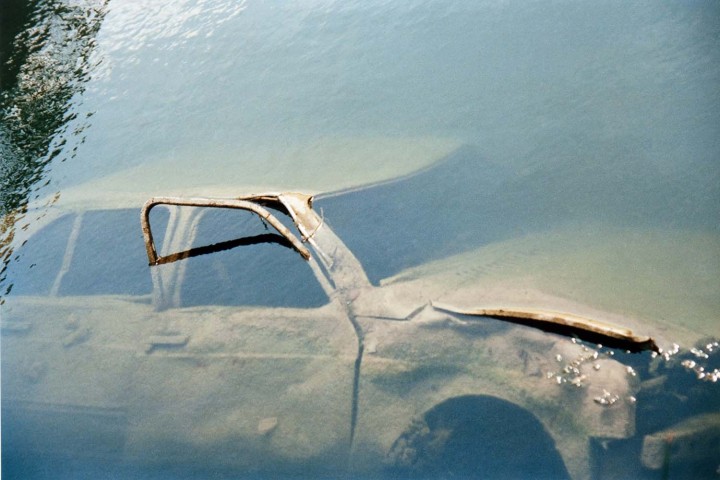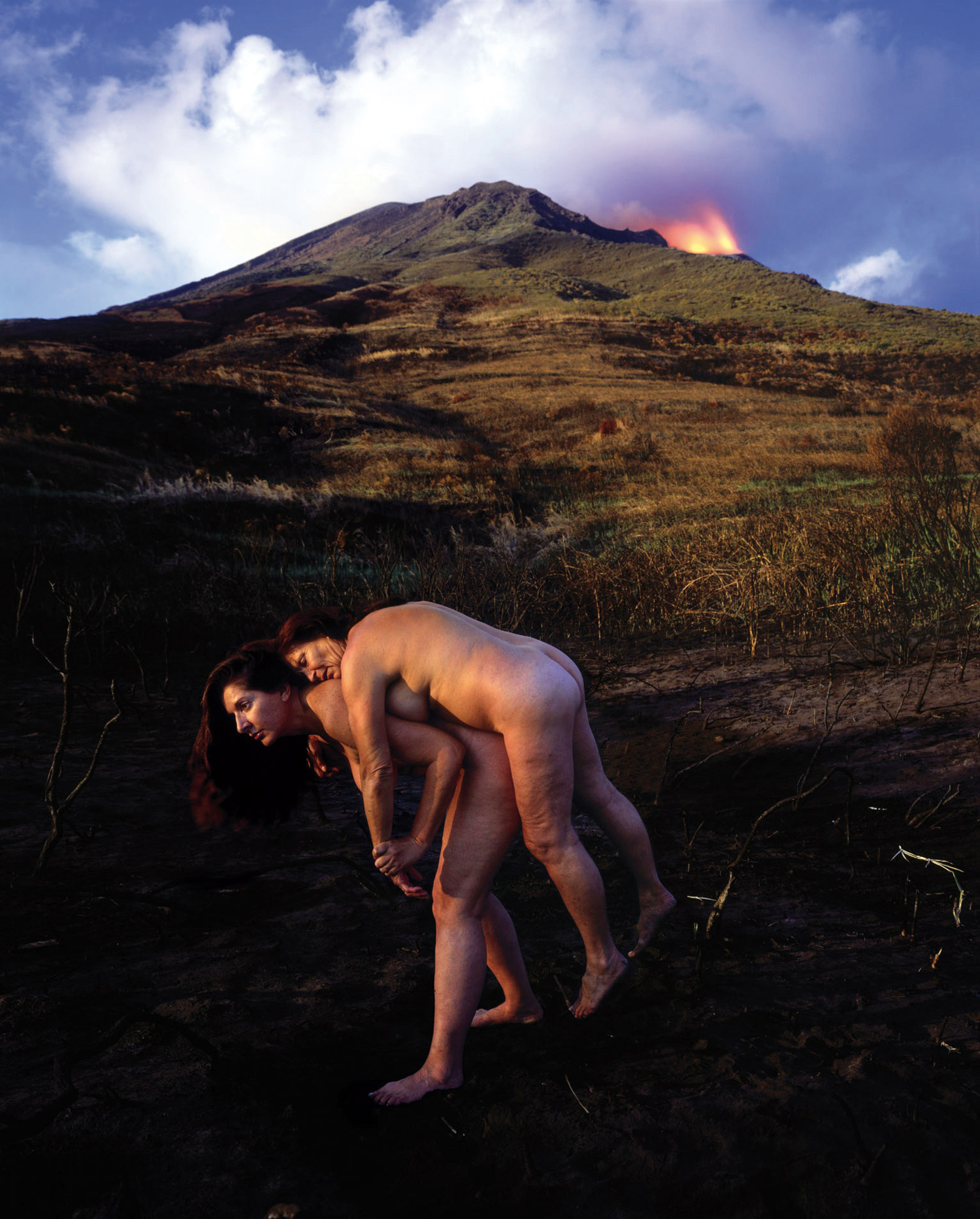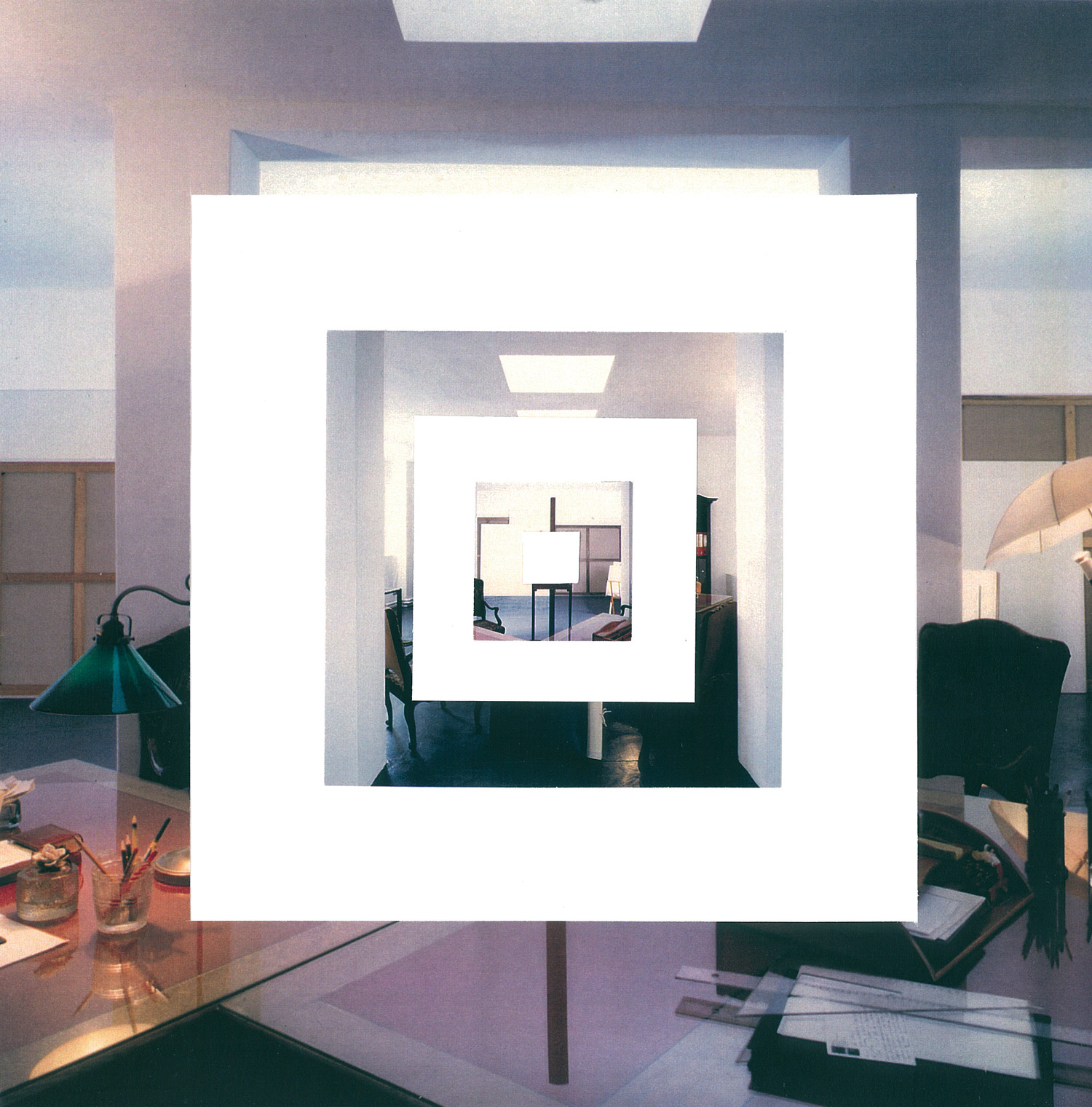
The following interview originally appeared in Flash Art No. 130 October-November 1986 and was conducted by the French art critic Catherine Francblin.
Catherine Francblin: You are one of the most frequently quoted French thinkers by those in the contemporary art scene. Critics use your texts as commentary on the work of artists, and artists cite your texts as an apology for their work. How do you feel about this?
Jean Baudrillard: I like it of course. Because of the ambiguity of my relationship with the University, I am pleased that my work operates in other areas. I noticed in Berlin, and in Australia as well, that the prominent figures in the plastic arts or in performance had taken over my books, often in the most unorthodox manner. But to tell the truth, I did not meet them. When I was in New York I went to the galleries, but I hardly had any occasion to talk with the artists.
CF: A new generation of abstract geometrical artists, who appeared in the States in the early ’80s, is very close to your line of thought. Peter Halley, who is also a writer, has said: “Reading Baudrillard is the equivalent for me of looking at a painting by Andy Warhol.”
JB: Ah, Warhol! For me he meant a great deal as well. I must have mentioned him when I was interested in Pop art and Hyperrealism. What I liked about Warhol was his approach to the series, his irony, his decision to abolish art. I believe that he was one of the only people at that time who were capable of rendering the idea of the ‘machine.’ With a personal elegance and great severity, he designed a playing field for logical anarchy that is quite remarkable. I was also interested in the Velvet Underground at the end of the ’60s and beginning of the ’70s. However, the only work of mine which deals explicitly with art is a text on gesture and signature in Critique of the Political Economy of the Sign.
CF: It seems to me that you never refer to individual artists.
JB: That’s true, I have never chosen a religious canon for art. I took whatever came along. However after the Pop art and Hyperrealism, it seemed to me that there was not much more to be said, at least as far as the issues of the simulacra go — problematics which, after all, are rather old stuff for me. After that, I scarcely found any new ideas as far as the logical history of the form and image goes. That just about wound things up, even if all sorts of variations, mannerisms and extreme positions were to follow.
CF: The so-called “Neo-Geos,” as the geometrists of New York are called, no longer believe that Warhol represents a sort of purity or truth in art. They use an abstraction of quotations.
JB: Generally speaking, playing with quotations is boring for me. I can understand that postmodernism, intertextuality, etc., can cause a vertigo, but in my opinion that is far from constituting a high water mark and it is never a goal in itself! The infinite nesting box, the game of second- and third-degree quotes, I think that is a pathological form of the end of art, a sentimental form. It would be more exciting for me to find something beyond the vanishing point: a hyper-simulation which would be a type of disappearance beyond disappearance. That is what I tried to hypothesize with the term “fatal.”
If only art could accomplish the magic act of its own disappearance! But it continues to make believe it is disappearing when it is already gone. Perhaps art today is struggling in the shadow of the threat of the phenomenon of the “new images,” just like painting did in relation to photography. On the other hand, on the horizon of simulation, I was interested in something else — seduction. I do not believe that seduction is what is going on in art today. Art seems in fact to have nothing at all going on.

CF: After having transparency for a criteria — I’m thinking of the demonstrative art of the ’70s — today’s art confesses, on the contrary, to a refusal to understand. A French painter like Gérard Garouste, who was a conceptual artist, declares today: “We are not out to understand.”
JB: The secret of seduction, however, does not lie in the recreation of a sort of trompe l’oeil opacity! Hiding things, disguise, has nothing to do with simulation! What we need is a new set of rules for the game. In spite of the fact that I am quoted as a postmodernist, I consider that the major ideas of our times, in art, philosophy, politics and elsewhere, date from the first twenty or thirty years of the century. There was, late in the ’60s and ’70s, a breakthrough, especially in the area of theory — which brought about a diffusion of the discoveries of the beginning of the century. But postmodernism — if that is what we call the following period — seems to me to be an inferior time. Our period seems to me imaginatively the poorest ever, and people are subletting the leftovers of the strong ideas from the beginning of the century. Perhaps a culture is obliged to go through a process of garbage disposal? At any rate, that is what is going on now. Intelligence and subtlety are great indeed, but strong ideas are lacking.
CF: In the system of circulating signs that you describe, death is extremely present.
JB: I tried to make of it a stake at the basis of an indefinite game. Another thing that I was trying to say is that an enormous energy can come from the disappearance itself. Take Nietzsche: he could still write a genealogy of morals and find in the death of God a mythical vision beyond this death. For us, God is not dead; he has disappeared, that’s all. The act of disappearance is often an intense one, and I see the ’60s and the ’70s as this strong point during which, out of the consciousness of disappearance, people took all the energy they could. We witnessed the disappearance of a great number of concepts, of forms, of ancient myths. Now, we no longer even have the work of mourning to go through; all that remains is a state of melancholia. This high point of the disappearance was studied between Nietzsche and the 1920-30s. People like Canetti or Benjamin lived through both the high point of culture and the high point of its decline. Today we see the result of this process of decline and everyone is wondering how to make a drama out of that. Personally, the only rebound that I found is America. Through a sort of displacement, I succeeded in seeing the phenomenon of the disappearance of our culture in a more grandiose, intense and spectacular version. That is something like what de Toqueville noticed. He had witnessed in France the disappearance of aristocratic values and the set up of a revolution — restoration which half failed.
However, he thought that over there in America, where these values had never existed, they had at least disappeared from the beginning, and that fact could perhaps produce more impressive results than what he had seen in France. As a matter of fact, through a transference, America offered me the possibility of grasping the loss of our bourgeois values and of our culture. Everything which has disappeared here as a rather exceptional event. A spontaneous, general desire exists as though there were still some culture, some common values, etc. This is easy to observe in politics: a whole political class acts as if there were still a political ideology. Can this culture of sorts, this trompe l’oeil, be maintained much longer? Does the regeneration of sentimental and affective values, even in politics with the Rights of Man, with SOS this and that, have any real foundation? In my opinion, this is no more than a completely formalistic sort of solidarity meant to produce the illusion of a social link, of the participation of everyone for the same objective. Even Coluche, the French comedian and social critic, has participated in this effort. But, it is impossible to ignore that, behind all, there is not a great deal.
So perhaps the only alternative is to negotiate one’s indifference as art does, as art has been negotiating its disappearance for half a century. People, artists, are not just dying in their corner; they are making their disappearance an object of exchange.

CF: You speak of indifference toward cultural values. But aren’t historical exhibitions in museums, for example, a sign of non-indifference, of interest, even a passion for the past?
JB: If it is, it’s a posthumous passion! This passion for the past is for me something like redemption rather then predestination. The past is not fatal, it does not oblige us to do anything. This spiritual dramatization of our memory goes along with the new technology which can only be used to stock information, which blots out memory. ‘Memories’ are what work best nowadays! But computers do not produce a new vision of the world; the system is only a vast machine which allows for the development of compilation. Indifference: that’s an ambiguous word. It has a negative connotation for us; however, when the Stoics used it, it was dynamic. The indifference of nature produced a sort of challenge to the world. They did not experience indifference as a flat encephalogram, but rather as a tragic condition to which one must reply with an indifference at least as great. All sorts of things can happen around the category of indifference; seduction, for example, because the game of seduction always includes a moment of interaction with desire. I usually speak ironically about desire. Indifference implies for me that ‘something is involved.’ In my opinion, we must make of indifference a stake, a strategy: dramatize it. Why not consider indifference as the “accursed share”? Be that as it may, I do not believe that we can go to the past in search of lost values. Postmodernism registers the present situation, the loss of meaning and of desire, the mosaic-like aspect of things, but it does not make of decadence a grandiose event. To do that, one would need to be a mediator, in writing perhaps: an object which will be provocative in its very indifference.
CF: In the realm of today’s arts, the objective is often to create modulators of the environment. When it leaves meaning behind, art tends sometimes to approach the decorative.
JB: Is it worthwhile trying to find the meaning of the setting? For the dramatization of what? Who will the new playwrights and new actors be? Everyone seems to be saying, “I am setting up a new stage, but in this space, in this new light, no one will ever move, there will be no play.” That is rather the way I see the environment of Buren at the Palais Royal: a stage set in another set. That always seems to me to be a part of the aesthetics of ruins. The actors have disappeared; only the backstage and parts of the stage-set remain!





